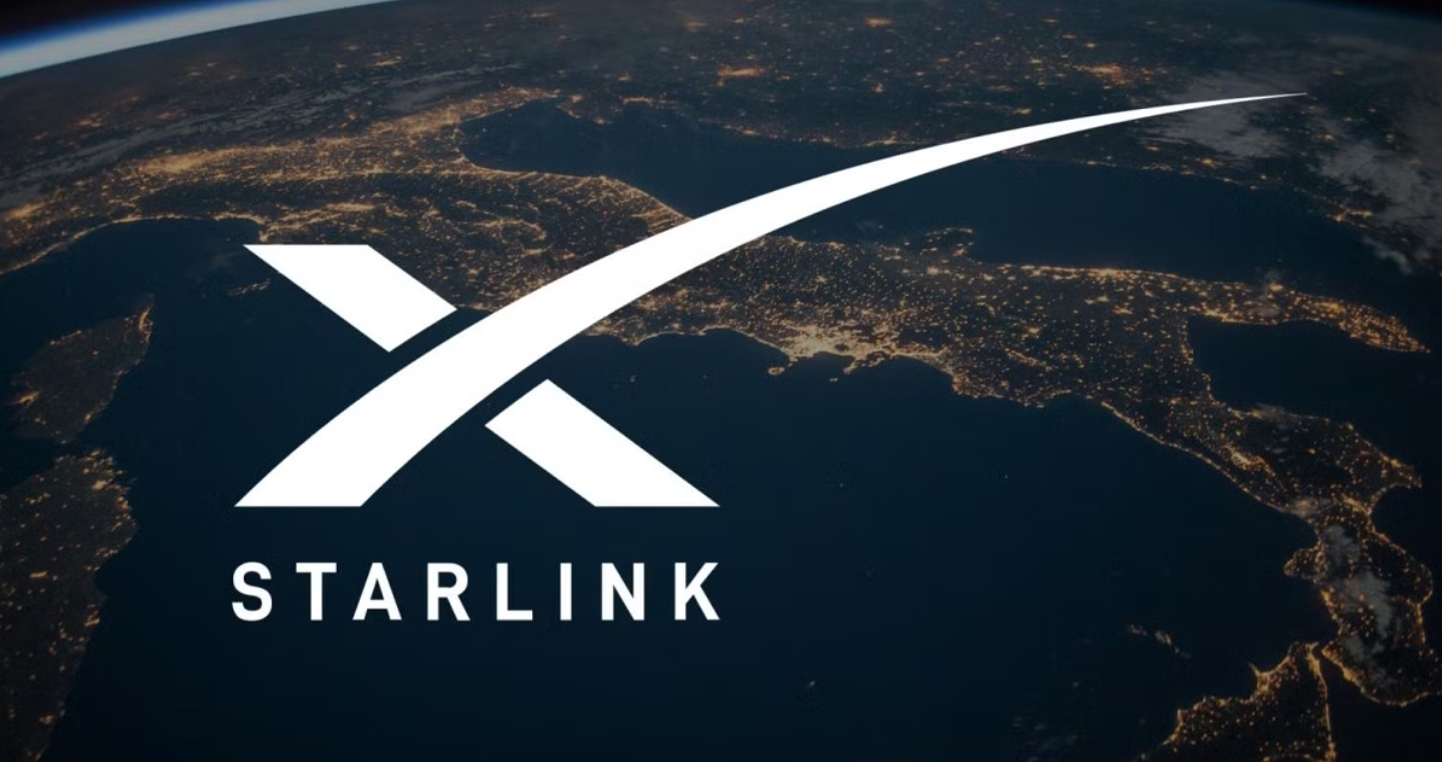SpaceX’s satellite internet service, Starlink, has ignited controversy with a major policy shift for its Priority-tier customers, introducing aggressive speed throttling and price hikes that could significantly impact user experience and affordability. The company recently updated its website and began notifying subscribers via email about the elimination of “Unlimited, Standard Data” for Priority plan users, replacing it with a hard data cap that slashes speeds to as low as 1Mbps for downloads and 0.5Mbps for uploads once customers exceed their monthly data allowance. This drastic reduction—far below the Federal Communications Commission’s (FCC) baseline definition of broadband (25Mbps download/3Mbps upload)—raises questions about the plan’s practicality for businesses and high-demand users.
The End of “Unlimited” and the Rise of Hard Caps
Launched in 2023, Starlink’s Priority plan initially promised users prioritized access to the fastest available speeds in exchange for a premium price. For example, U.S.-based customers paid $140 per month for 40GB of high-speed “Priority Data,” after which they could still access the network at slower but functional “Standard” speeds (typically ranging from 20–100Mbps depending on location and network congestion). Under the new policy, however, Priority users who exhaust their data allotment will face a near-unusable 1Mbps/0.5Mbps speed cap—a 95%+ reduction from prior “Standard” speeds—until their next billing cycle or until they purchase additional Priority Data.
This change effectively transforms the Priority plan from a flexible, high-performance option into a strict pay-as-you-go model. For remote workers, businesses, or users relying on data-heavy applications (e.g., video conferencing, cloud services, or large file transfers), the 1Mbps threshold could render the service impractical post-cap. Critics argue that such speeds are insufficient even for basic tasks like streaming low-resolution video or loading modern web pages.
Price Increases Compound Frustration
Compounding the issue, SpaceX has quietly rolled out substantial price increases for Priority plans. In the U.S., entry-level packages have risen by 40/month(from40/month (from 140to 180for40GB), while higher−tier plans saw hikes of upto 180for40GB),while higher−tier plans saw hikes of up to 150/month. Similar adjustments have been reported in international markets, with users in Canada, Europe, and Australia noting comparable spikes. The move appears to align with Starlink’s broader strategy to position Priority tiers as a premium product for enterprise clients and deep-pocketed users, while relegating budget-conscious customers to slower, deprioritized “Standard” or “Mobile” plans.
Targeting Businesses, Alienating Individuals?
Starlink’s updated marketing materials now explicitly target business customers, emphasizing “reliable, high-speed connectivity for mission-critical operations.” The company highlights use cases like agricultural operations, offshore drilling, and emergency services—industries where consistent uptime and speed justify higher costs. However, the policy shift has left many individual users and small businesses feeling sidelined. Early adopters who relied on Priority plans for rural home offices, telehealth services, or remote education now face a dilemma: pay steep overage fees for additional Priority Data or endure crippling slowdowns.
Broader Implications for Satellite Internet
The changes arrive amid growing scrutiny of satellite internet’s sustainability and scalability. While Starlink has expanded access to underserved regions, its network remains constrained by limited satellite bandwidth and ground infrastructure. Analysts speculate that the stricter caps and higher prices reflect SpaceX’s efforts to manage network congestion and offset the costs of launching thousands of second-generation satellites. However, the decision risks alienating users who initially embraced Starlink as a revolutionary alternative to traditional ISPs.
Silence from SpaceX Fuels Uncertainty
As of publication, SpaceX has not publicly commented on the rationale behind the changes or addressed customer complaints. The lack of transparency has fueled frustration, particularly among users who signed multi-year contracts under previous terms. Advocacy groups have begun urging regulators to examine whether Starlink’s advertising practices adequately disclose the severity of its speed throttling.
The Bottom Line
Starlink’s updated Priority plan marks a pivotal moment for the satellite internet industry. While the changes may stabilize network performance and appeal to corporate clients, they underscore the challenges of balancing growth, profitability, and accessibility in a resource-intensive sector. For now, users must weigh the rising costs and stricter limits against the lack of viable alternatives in many remote areas—a calculation that grows increasingly complex as SpaceX reshapes its vision for global connectivity.
updated-

Leave a Reply